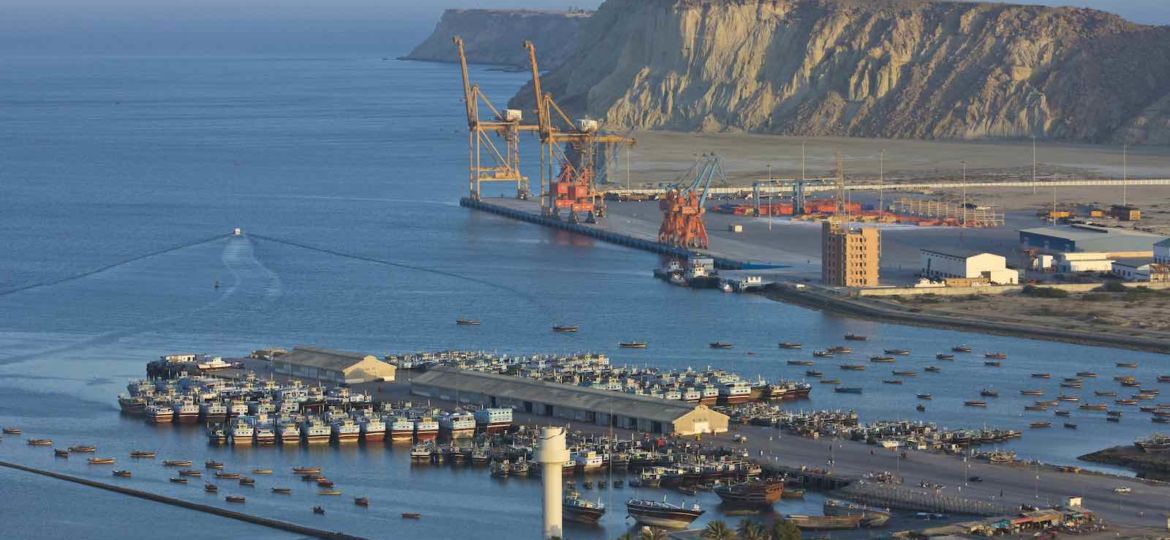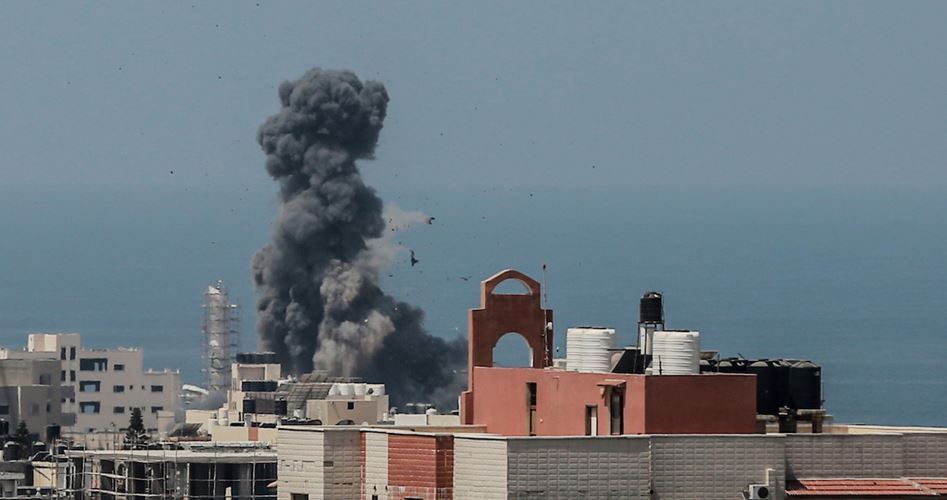Pakistan, a country located in South Asia, is grappling with a severe environmental crisis in the form of pollution and smog. Over the past few decades, Pakistan has experienced a rapid increase in pollution levels, particularly in its major cities, which has resulted in severe health, economic, and environmental consequences. The combination of vehicular emissions, industrial pollution, crop burning, and poor waste management practices has led to a toxic and hazardous atmosphere, resulting in frequent smog episodes and posing a serious threat to public health and the environment.
In this essay, we will delve into the causes, effects, and solutions of pollution and smog crises in Pakistan. We will explore the various sources of pollution, their impacts on human health, agriculture, and economy, and the steps that can be taken to address this pressing issue.
Causes of Pollution and Smog in Pakistan:
1. Vehicular Emissions: One of the major causes of pollution in Pakistan is vehicular emissions. The exponential growth in the number of vehicles on the roads, coupled with the lack of effective emission control measures, has contributed to the increasing air pollution levels in major cities such as Karachi, Lahore, and Islamabad. The outdated and poorly maintained vehicles, burning of low-quality fuel, and lack of proper emission testing and enforcement mechanisms have resulted in high levels of particulate matter (PM), nitrogen oxides (NOx), and sulfur dioxide (SO2) emissions, which are primary contributors to smog formation.
2. Industrial Pollution: The rapid industrialization in Pakistan has resulted in increased industrial pollution, particularly in urban areas. The lack of proper environmental regulations, weak enforcement mechanisms, and inadequate waste management practices in industries have led to the discharge of untreated industrial effluents and emissions of harmful pollutants into the air and water bodies. The industrial emissions contain toxic chemicals, heavy metals, and particulate matter, which not only contribute to air pollution but also contaminate soil and water, posing serious health risks to humans, animals, and plants.
3. Crop Burning: Crop burning, also known as stubble burning, is a common agricultural practice in Pakistan, particularly in the province of Punjab. After the harvest season, farmers burn the crop residues in their fields to prepare for the next planting season. This practice releases large amounts of smoke and particulate matter into the atmosphere, which contributes to the smog formation during the winter months. The prevailing wind patterns carry the smoke from crop burning towards major cities, exacerbating the pollution and smog levels in these areas.
4. Poor Waste Management Practices: Inadequate waste management practices, including open burning of solid waste, dumping of untreated waste in open spaces, and lack of proper recycling and disposal systems, contribute to pollution in Pakistan. The burning of solid waste releases toxic fumes and particulate matter into the air, while the untreated waste contaminates soil and water bodies, leading to pollution of air, water, and soil, and posing health risks to the population.
5. Deforestation: Deforestation, or the cutting down of trees for various purposes, including logging, agriculture, and urbanization, has also contributed to pollution and smog in Pakistan. Trees play a crucial role in purifying the air by absorbing carbon dioxide and releasing oxygen through the process of photosynthesis. The loss of trees has resulted in reduced air purification, leading to increased pollution levels in many parts of the country.
Effects of Pollution and Smog in Pakistan: The pollution and smog crises in Pakistan have far-reaching effects on human health, agriculture, economy, and the environment
1. Health Impacts: The deteriorating air quality in Pakistan has serious health consequences for the population. The high levels of PM, NOx, and SO2 emissions from vehicular emissions, industrial pollution, crop burning, and waste burning contribute to respiratory diseases such as asthma, bronchitis, and lung cancer. The fine particulate matter (PM2.5) can penetrate deep into the lungs and even enter the bloodstream, leading to cardiovascular diseases and other systemic health issues. The vulnerable populations, such as children, elderly, and people with pre-existing health conditions, are particularly at risk. The increasing cases of respiratory illnesses, hospitalizations, and premature deaths due to air pollution have put a burden on the healthcare system and resulted in lost productivity, impacting the overall quality of life in Pakistan.
2. Agricultural Impacts: Pollution and smog also have detrimental effects on agriculture, which is a significant sector of Pakistan’s economy. The toxic emissions from crop burning, industrial pollution, and vehicular emissions can damage crops and reduce agricultural yields. The pollutants can settle on the leaves and stems of plants, inhibiting their growth and development. The deposition of harmful chemicals and heavy metals from industrial emissions and vehicular exhausts on soil can also contaminate the agricultural land, reducing its fertility and productivity. Additionally, air pollution can disrupt the pollination process and affect the quality and quantity of agricultural produce, resulting in economic losses for farmers and impacting food security.
3. Economic Impacts: The pollution and smog crises in Pakistan also have significant economic impacts. The health issues arising from pollution, such as increased healthcare costs, lost productivity, and premature deaths, result in economic burdens on individuals, families, and the healthcare system. The damage to crops and reduced agricultural yields can lead to economic losses for farmers and impact food prices, which can affect the overall economy. The poor air quality also has negative implications for tourism and foreign investments, as it affects the image of the country and reduces the attractiveness of the cities as business and travel destinations. Additionally, the costs of implementing pollution control measures and addressing the environmental damages also pose economic challenges for the government and industries.
4. Environmental Impacts: Pollution and smog also have severe environmental consequences in Pakistan. The emissions of greenhouse gases, such as carbon dioxide and methane, contribute to climate change, leading to long-term environmental impacts such as changing weather patterns, rising temperatures, and melting glaciers. The pollution from industrial emissions, crop burning, and waste burning also contaminates soil, water bodies, and ecosystems, leading to loss of biodiversity and ecological imbalances. The deforestation resulting from urbanization, logging, and agricultural expansion also disrupts the ecosystems and reduces the natural purifiers of air, exacerbating the pollution and smog levels.
Solutions to Pollution and Smog in Pakistan: Addressing the pollution and smog crises in Pakistan requires a multi-pronged approach involving government, industries, communities, and individuals. Some of the potential solutions to tackle this issue are:
1. Implementation of Stringent Emission Standards: The government should enforce stringent emission standards for vehicles, industries, and power plants, and regularly monitor and penalize those who violate these standards. Upgrading vehicular emission control technologies, promoting the use of cleaner fuels, and introducing stricter emission testing and enforcement mechanisms can significantly reduce pollution from vehicular emissions. Similarly, installing and maintaining effective pollution control technologies in industries, promoting cleaner production techniques, and imposing fines for non-compliance can help reduce industrial pollution.
2. Promoting Clean and Renewable Energy: Encouraging the use of clean and renewable energy sources, such as solar, wind, and hydropower, can help reduce the dependency on fossil fuels, which are major contributors to air pollution. The government should provide incentives for the adoption of clean energy technologies.
There are several emerging technologies that show promise in removing smoke and reducing air pollution. Some of the latest technologies being explored for this purpose include:
1. Electrostatic Precipitators: Electrostatic precipitators are devices that use an electric field to charge and collect particles from the air. Smoke particles are charged using high-voltage electrodes, and then collected on oppositely charged plates. This technology can effectively remove smoke particles from industrial emissions and has been used in various industries, such as power plants, cement factories, and steel mills.
2. Wet Scrubbers: Wet scrubbers are air pollution control devices that use a liquid to capture and remove pollutants from the air. Smoke particles are exposed to a liquid spray or mist, which captures the particles and removes them from the air. Wet scrubbers are commonly used in industries that emit smoke, such as chemical plants, refineries, and waste incinerators.
3. Plasma Technology: Plasma technology involves using high-energy plasma to break down pollutants in the air. Smoke particles are exposed to a high-energy plasma, which breaks them down into smaller, less harmful particles. This technology has shown promise in reducing smoke emissions from sources such as diesel engines and cooking stoves.
4. Photocatalytic Technology: Photocatalytic technology uses a catalyst, typically titanium dioxide, to break down pollutants when exposed to UV light. Smoke particles are exposed to a photocatalyst, which oxidizes them and breaks them down into less harmful compounds. This technology has been used in building materials, such as paints and coatings, to reduce outdoor air pollution caused by smoke and other pollutants.
5. Nanotechnology: Nanotechnology involves the use of nanoparticles to capture and remove pollutants from the air. Nanoparticles can be engineered to have specific properties that allow them to capture smoke particles effectively. Nanotechnology-based filters and coatings are being developed and tested for air purifiers, masks, and other applications to remove smoke particles from indoor and outdoor air.
6. Biological Solutions: Biological solutions involve the use of microorganisms, such as bacteria and algae, to capture and remove pollutants from the air. These microorganisms can metabolize the pollutants and convert them into less harmful substances. Biological solutions have shown promise in reducing smoke emissions from sources such as waste treatment facilities and agricultural waste burning.
7. Artificial Intelligence (AI) and Machine Learning: AI and machine learning technologies can be used to monitor, model, and predict air pollution levels and identify sources of smoke emissions. This information can be used to optimize pollution control strategies and reduce smoke emissions effectively.
These are just a few examples of the latest technologies being explored to remove smoke and reduce air pollution. Further research and development are needed to evaluate their effectiveness, scalability, and environmental impacts. It is important to implement a combination of regulatory measures, technological solutions, and community engagement to effectively address the smoke and pollution crises in Pakistan and other affected regions.
Pollution and Smog Crises in Pakistan: Causes, Effects, and Solutions













